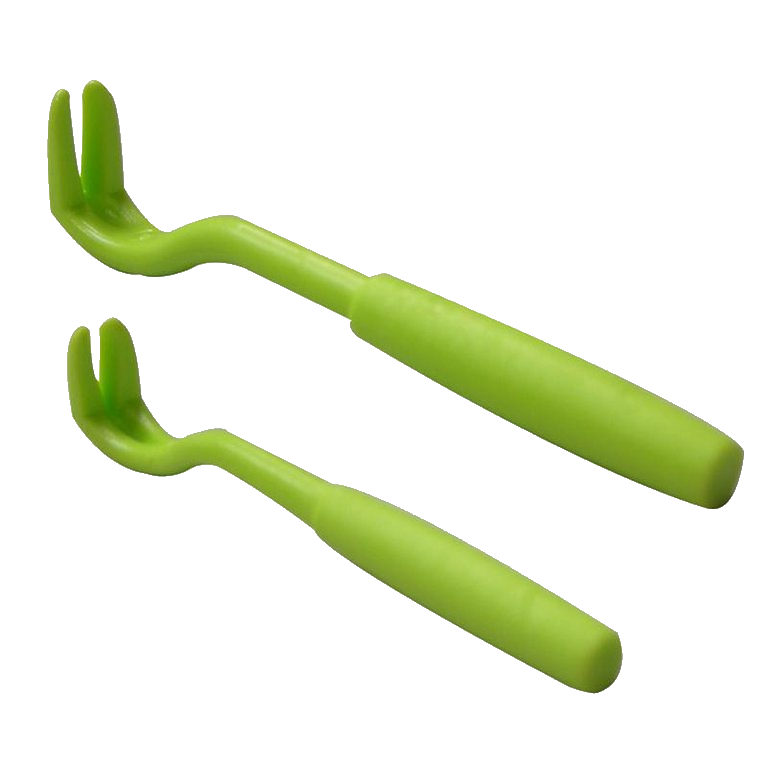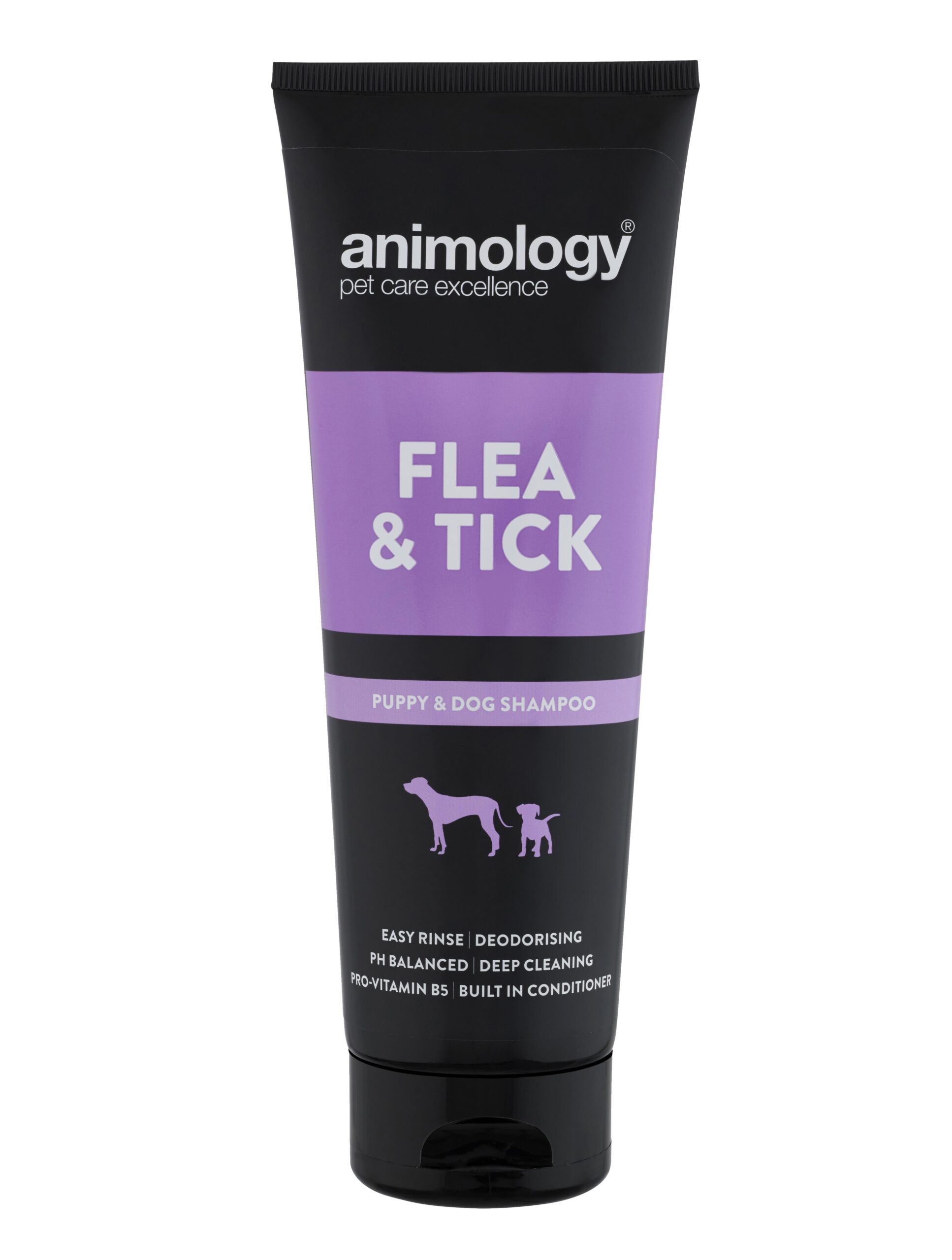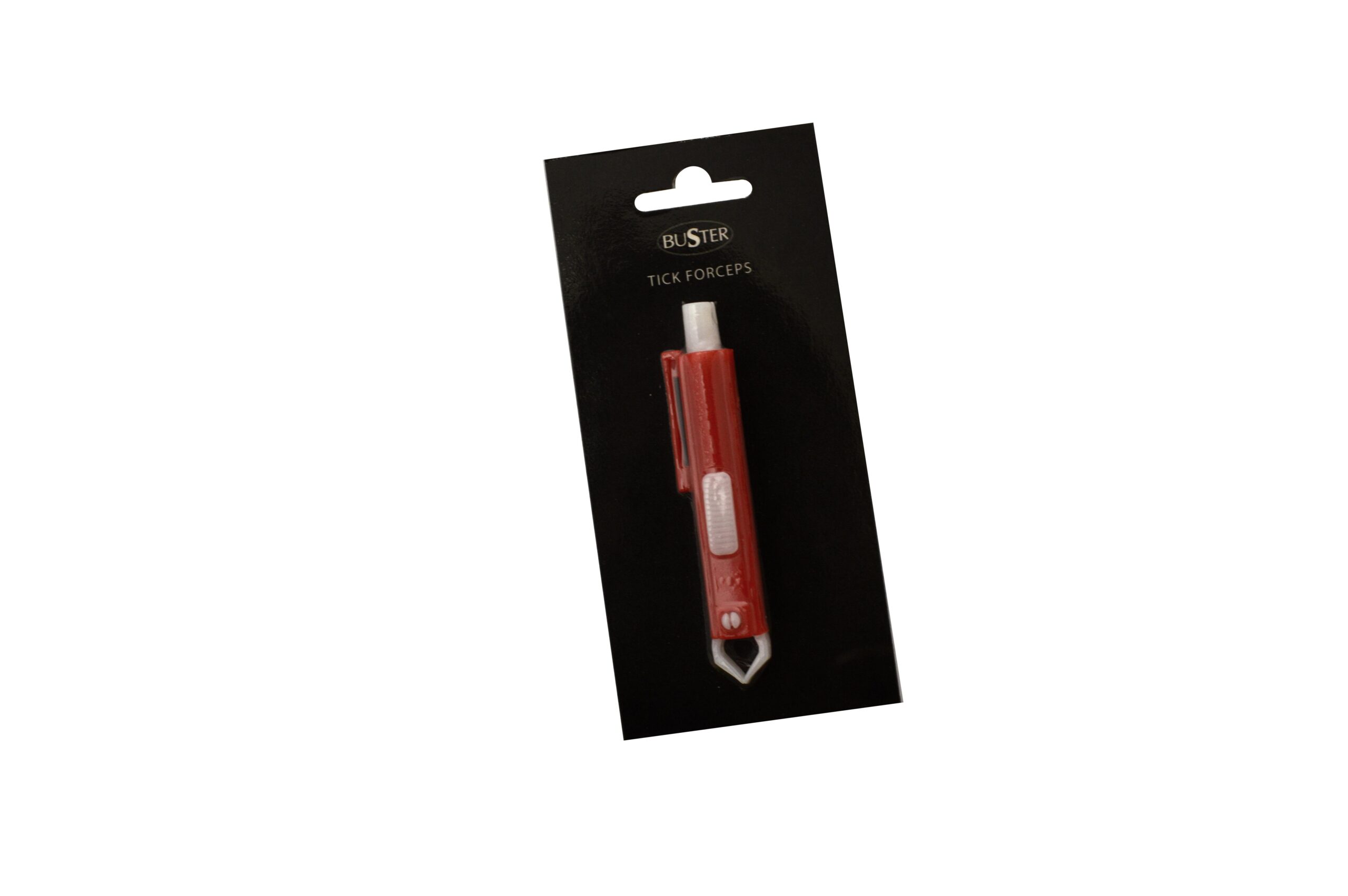
Tick Bite Prevention Week, held at the end of March, signals the start of tick season, a time when these tiny arachnids become particularly active. This event is not just a date on the calendar; it is a crucial reminder for pet owners to protect their beloved animals (and themselves) from tick bites and the severe health issues associated with tick-borne diseases, such as Lyme disease.
In this blog post, we’ll delve into some intriguing insights about ticks, provide basic information about Lyme disease and its impact on humans, and share our top tips for helping your pet owners keep their pets tick-free.
Interesting facts about ticks
Ticks are often mistaken for insects, but they are actually arachnids, just like spiders. Here are some fascinating facts about ticks:
- Arachnids, not insects: Adult ticks have eight legs and no antennae.
- Blood feeders: They feed on animal blood, earning the nickname ‘mini vampires’. They use curved teeth to embed deeply into the host’s skin and stay attached for days.
- No jumping or flying: Ticks can’t jump or fly. They wait on long grasses or plants, latch onto passing animals with their back legs, and then secure themselves with their front legs.
- Dog lovers: Ticks often target dogs, especially during walks in woodlands or meadows. However, cats can also suffer from tick infestations.
What is Lyme disease?
Lyme disease is a bacterial infection caused by the bacterium Borrelia burgdorferi. It is the most common disease transmitted to humans and animals by ticks in the UK. Dogs bitten by infected ticks may not always show signs of illness, as shown by the presence of antibodies in many UK dogs’ blood, indicating exposure without causing any symptoms. However, in some cases, dogs can develop symptoms weeks to months after a tick bite, including painful swollen joints, fever and lethargy. It can also go on to cause glomerulonephritis, a condition affecting the kidneys. While there’s no direct evidence of humans contracting Lyme disease from infected dogs, dogs can inadvertently introduce infected ticks into homes and gardens, posing a risk to human health.
In humans, Lyme disease often manifests as a characteristic rash known as erythema migrans, more commonly called a ‘bulls-eye’ rash, which can be seen at the site of the tick bite. This is usually accompanied by flu-like symptoms such as fever, fatigue, headache, and muscle aches. If left untreated, Lyme disease can progress to more severe complications, including arthritis, neurological disorders, and cardiac abnormalities. Timely diagnosis and appropriate antibiotic treatment are essential in managing Lyme disease and preventing long-term complications. However, due to the non-specific nature of early symptoms and the challenges associated with diagnostic testing, Lyme disease can sometimes go unrecognized, emphasizing the importance of tick bite prevention and prompt removal.
What other diseases can be spread by ticks?
There are three other vector-borne diseases that are transmitted to dogs in Europe – babesiosis, ehrlichiosis and hepatozoonosis.
Read More in this article by Rita Figueiredo Ornelas, Clinical Pathologist at NationWide Laboratories
Our top tips to keep pets tick free:
Preventative treatment
As with all parasites, the best way to protect pets is with a preventative treatment or product such as a tick control collar.
Avoid high-risk areas
Ticks are most commonly found in vegetation such as woodland, meadows and moors. However, their numbers are increasing and factors like changing weather patterns and the increased development of rural land, mean they’re becoming more common in urban areas and gardens too.
Check and double-check!
Dogs should be thoroughly checked after they’ve been outside, it’s especially important to check the head and ears, between the toes, underneath the tail, the groin area, eyelids, under the collar and armpits.
Remove ticks straight away
Ticks typically need to be attached to the host for 24-48 hours before they can transmit infections like Lyme disease, so it’s important to remove any ticks as soon as possible. Properly removing a tick with a special tick remover is the best way as it reduces the risk of the tick’s mouthparts being left attached.
———————————————————————————————————————-
Product suggestion – O’Tom Tick Removers are designed to grasp the tick exactly at the point where its jaws attach to the skin. The device can then easily be rotated between the finger and thumb, so gently removing the tick and all its mouthparts. Click here for more information or to order.
———————————————————————————————————————-







